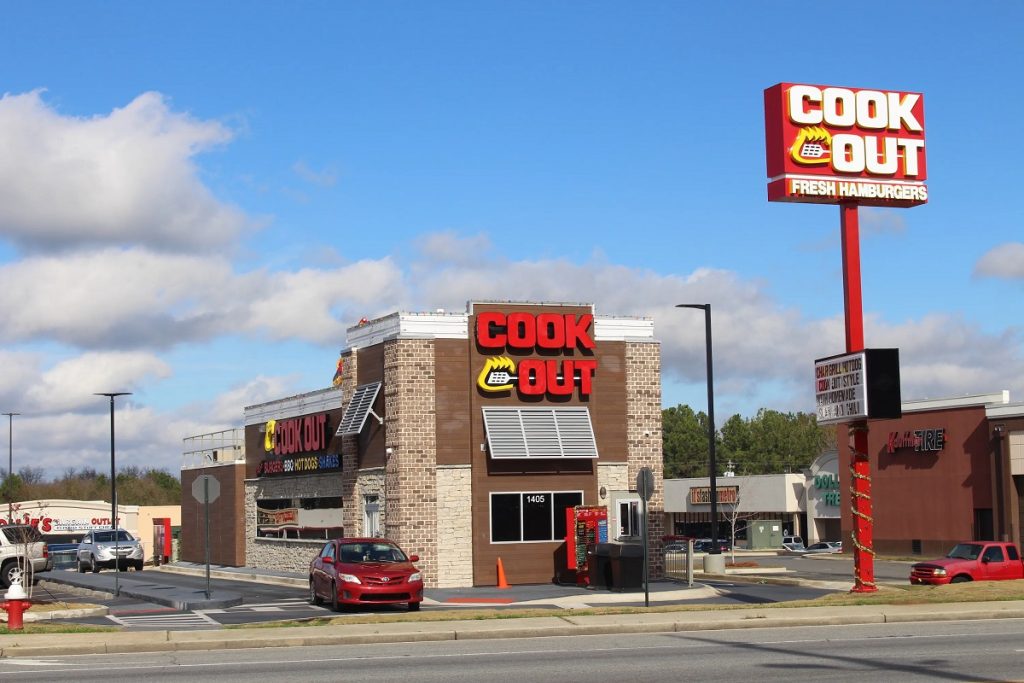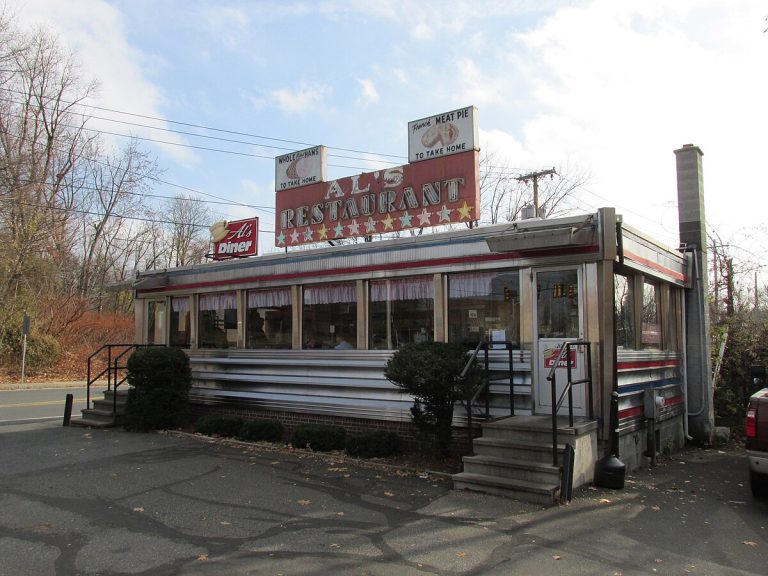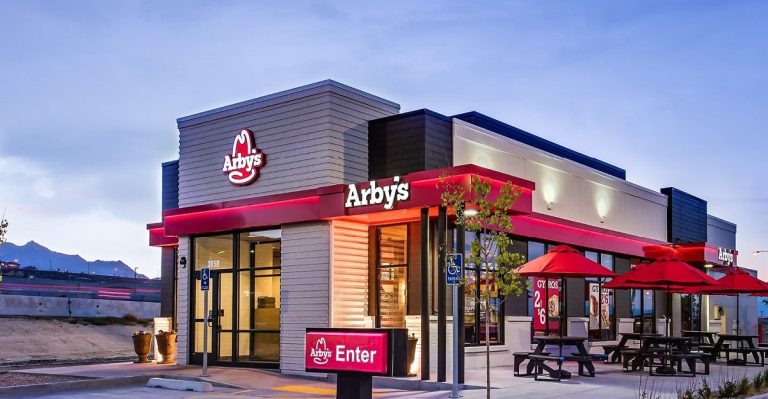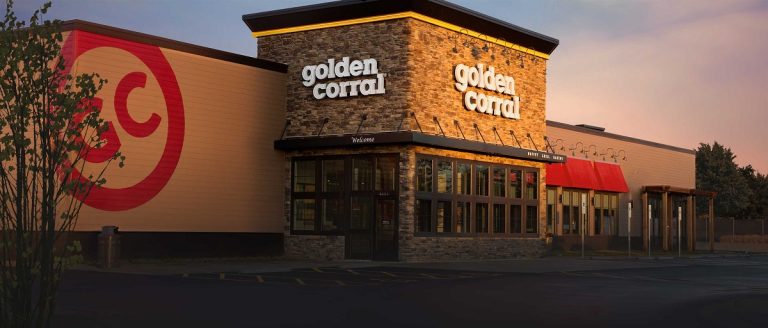
As summer approaches, the aroma of grilled meats and fresh veggies fills the air, signaling the start of cookout season. Knowing the best cookout hours can make all the difference in planning your perfect outdoor gathering. Whether you’re firing up the grill for a casual family barbecue or hosting a lively neighborhood get-together, timing is key to maximizing enjoyment and ensuring your guests have a great time.
Understanding Cookout Hours
Cookout hours refer to the specific times designated for outdoor dining experiences centered around grilling food and social gatherings. Knowing these hours helps maximize enjoyment and ensures a successful cookout.
Definition of Cookout Hours
Cookout hours typically span late afternoon to evening, often from 4 PM to 9 PM, depending on daylight. For casual family barbecues, starting around 5 PM suits most schedules, while neighborhood gatherings might extend later to accommodate more guests. Establishing a clear timeframe enhances organization and ensures a lively atmosphere.
| Cookout Type | Suggested Hours |
|---|---|
| Family Barbecue | 5 PM – 8 PM |
| Neighborhood Party | 4 PM – 9 PM |
| Weekend Gatherings | 3 PM – 10 PM |
Importance of Cookout Hours
Understanding the importance of cookout hours helps avoid conflicts with other activities and enhances guest experiences. Setting specific times allows for optimal food preparation, better weather conditions, and facilitates timely clean-up. Additionally, scheduling cookouts during peak evening hours often increases participation, ensuring vibrant and enjoyable gatherings.
| Benefit | Details |
|---|---|
| Optimal Timing | Encourages maximum guest attendance |
| Enhanced Meal Preparation | Reduces stress associated with cooking |
| Improved Atmosphere | Creates lively social interactions |
Best Practices for Planning Cookout Hours
Planning effective cookout hours boosts guest enjoyment and attendance. Knowing optimal times for different events helps you structure your gatherings efficiently.
Choosing the Right Time
Choose cookout hours based on your guests’ availability. Late afternoons, between 4 PM and 6 PM, generally work well for family gatherings. For larger evening events, schedule between 6 PM and 9 PM. Aligning your cookout hours with typical meal times encourages guests to arrive hungry and ready to enjoy your offerings.
Consideration of Seasonal Variations
Consider seasonal variations when selecting cookout hours. Longer summer days provide more sunlight, ideal for late evening gatherings. In contrast, early fall may necessitate earlier start times, around 4 PM, due to shorter daylight hours. Keep your local sunset time in mind, as it influences your outdoor ambiance and guest comfort.
| Season | Ideal Start Time | Ideal End Time |
|---|---|---|
| Spring | 5 PM | 8 PM |
| Summer | 6 PM | 9 PM |
| Fall | 4 PM | 7 PM |
| Winter | 3 PM | 6 PM |
Popular Cookout Hours Among Different Regions
Cookout hours vary across regions, influenced by local culture and lifestyle. Understanding these preferences can enhance your planning for outdoor gatherings.
Regional Preferences
- Southern United States: Cookouts typically start around 5 PM and can last until 9 PM. The warm temperatures encourage evening gatherings.
- Northeast: In this region, cookout hours usually begin at 4 PM, often winding down by 8 PM. Early start times accommodate the shorter days of late summer and early fall.
- West Coast: Evening cookouts often kick off at 6 PM, extending until 9 PM or later, taking advantage of the pleasant temperatures.
- Midwest: Here, gatherings often begin between 5 PM and 7 PM, catering to families returning home from work.
Cultural Influences on Cookout Timing
- Tradition: Regional customs shape cookout hours. Southern barbecues combine dining with music and socializing, leading to later start times.
- Weather: Warmer climates encourage later hour preferences, while cooler regions opt for earlier gatherings to maximize daylight.
- Local Lifestyle: In urban areas, cookouts may align with after-work schedules, leading to later events. In rural settings, family-oriented gatherings often begin earlier.
- Special Occasions: Holidays and events promote unique hours. For example, on the Fourth of July, cookouts in many regions may commence earlier in the day, around noon.
Table of Cookout Hours by Region
| Region | Ideal Start Time | Ideal End Time |
|---|---|---|
| Southern US | 5 PM | 9 PM |
| Northeast | 4 PM | 8 PM |
| West Coast | 6 PM | 9 PM+ |
| Midwest | 5 PM – 7 PM | 9 PM |
Impact of Cookout Hours on Attendance
Cookout hours significantly influence guest attendance, enhancing the overall experience. Proper timing aligns with guests’ schedules, maximizing participation and enjoyment.
Timing and Guest Availability
Consider guest availability when scheduling cookout hours. Late afternoons from 4 PM to 6 PM often suit family gatherings, while larger events work better between 6 PM and 9 PM. Factors such as work schedules and travel times affect when guests can arrive.
| Type of Gathering | Ideal Start Time | Ideal End Time |
|---|---|---|
| Family Barbecue | 5 PM | 8 PM |
| Neighborhood Party | 6 PM | 9 PM |
| Large Events | 5 PM | 9 PM |
Balancing Convenience and Enjoyment
Balancing convenience and enjoyment ensures a successful cookout. Selecting hours that accommodate most guests creates a relaxed atmosphere. Timely food service enhances enjoyment; food should be ready shortly after guests arrive. Avoid late evening gatherings if children attend, as earlier times provide a more family-friendly environment.
| Factor | Consideration |
|---|---|
| Guest Age | Choose family-friendly hours |
| Seasonal Daylight | Schedule earlier in fall/winter |
| Local Traditions | Adapt hours based on cultural norms |
Adjusting cookout hours to align with these factors promotes a more enjoyable experience for all attendees.
Conclusion
Planning your cookout hours can make all the difference in creating a memorable gathering. By understanding the optimal times for your specific region and season you can ensure that your guests enjoy delicious food and great company.
Remember to consider your guests’ schedules and the atmosphere you want to create. Whether it’s a casual family barbecue or a lively neighborhood party starting at the right time will help maximize attendance and enjoyment.
With the right timing you can turn any cookout into a delightful experience that everyone will remember. So fire up the grill and get ready for a fantastic summer filled with great food and even better memories.
Frequently Asked Questions
What are the best hours for a cookout?
For optimal enjoyment, cookout hours typically fall between 4 PM to 9 PM. Family barbecues are best suited to start around 5 PM, while neighborhood parties can extend later into the evening.
Why are cookout hours important?
Cookout hours are essential for avoiding scheduling conflicts, optimizing food preparation, and creating a lively atmosphere. The right timing encourages maximum guest attendance and enhances the overall experience.
How do seasonal changes affect cookout hours?
Seasonal variations influence cookout hours, with longer summer days allowing for later gatherings. In early fall, earlier start times may be necessary due to shorter daylight.
What are ideal cookout hours in different regions?
In the Southern US, ideal cookout hours are from 5 PM to 9 PM; in the Northeast, it’s 4 PM to 8 PM; the West Coast often starts at 6 PM and can go beyond 9 PM, while the Midwest typically gathers from 5 PM to 7 PM.
How do I plan cookout hours for my guests?
Consider your guests’ availability when planning. Late afternoon (4 PM to 6 PM) is good for family gatherings, and larger evening events should be scheduled between 6 PM and 9 PM to maximize participation.
What should I consider when planning a cookout?
Take into account guest age, local traditions, and seasonal daylight to determine the best cookout hours. This planning ensures a relaxed atmosphere and aligns with most guests’ schedules.
How can I ensure food is ready on time during a cookout?
Aim to have food prepared and ready shortly after guests arrive. This timely service promotes a welcoming environment and enhances guest enjoyment.





